Long before the war broke out, the German leadership in the Free City of Danzig developed the idea of establishing a camp for "undesirable Polish elements".
Since 1936, they closely watched Polish organizations, and sites were sought to build detention camps. The Stutthof camp was established on the 2nd September 1939, only one day after the war began.
The camp of Stutthof is quite unknown, compared to camps like Auschwitz, Dachau, or Buchenwald. Right after the outbreak of the war German leaders from Pomerania imprisoned and killed many male Polish citizens in Stutthof, all according to plans devised years before the war. The Germans, as we should know, but many people don't know regarded the Poles as "subhumans", to be exterminated.
The camp was built in a secluded, marshy, and wooded area near the small town of Stutthof (now Sztutowo) 34 km (21 mi) east of the city of Danzig in the territory of the Free City of Danzig. The camp was set up around existing structures after the invasion of Poland in World War II. The actual barracks were built the following year by prisoners.
Stutthof was the first German concentration camp set up outside German borders in World War II. It was also the last camp liberated by the Allies on the 9th of May 1945. It is estimated that between 63,000 and 65,000 prisoners of Stutthof concentration camp and its subcamps died as a result of murder, starvation, epidemics, extreme labor conditions, brutal and forced evacuations, and a lack of medical attention.
Conditions in the camp were extremely harsh and tens of thousands of prisoners succumbed to starvation and disease. Many died in typhus epidemics that swept the camp in the winter of 1942 and again in 1944; those whom the SS guards judged too weak or sick to work were gassed in the camp's small gas chambers. The first executions were carried out on the 11th of January and 22nd of March 1940 - 89 Polish activists and government officials were shot.
The majority of these victims were not Jewish but Polish. The camp was established in connection with the ethnic cleansing project that included the liquidation of Polish elites (members of the intelligentsia, religious and political leaders) in the Danzig area and Western Prussia.
It is vital to remember that besides Jews, many different nationalities were persecuted during the war. In Stutthoff victims included Russians, Ukrainians, Belorussians, Lithuanians, Latvians, Estonians, Czechs, Slovaks, Finns, Norwegians, French, Danes, Dutch, Belgians, Germans, Austrians, English, Spanish, Italians, Yugoslavs, Hungarians, and Roma (gypsies).
The camp staff consisted of German SS guards, and after 1943, the Ukrainian auxiliaries were brought in.
In 1942 the first German female SS Aufseherinnen guards arrived at Stutthof along with female prisoners. A total of 295 women guards worked as staff in the Stutthof complex of camp as well.
The well known Nuremberg Trials were only concerned with concentration camps as evidence for war crimes and crimes against humanity committed by the Third Reich leadership. Several lesser known trials followed against the staff of various concentration camps. Poland held four trials in Gdańsk against former guards and kapos of Stutthof, charging them with crimes of war and crimes against humanity.
The first trial was held from April 25th to May 31st, 1946 against 30 ex-officials and prisoner-guards of the camp. The Soviet/Polish Special Criminal Court found all of them guilty of the charges. Eleven defendants, including the former commander, Johann Pauls, were sentenced to death. The rest were sentenced to various terms of imprisonment.
The second trial was held from October 8th to October 31st, 1947, before a Polish Special Criminal Court. Arraigned 24 ex-officials and guards of the Stutthof concentration camp were judged and found guilty. Ten were sentenced to death.
The third trial was held from November 5th to November 10th, 1947, before a Polish Special Criminal Court. Arraigned 20 ex-officials and guards were judged; 19 were found guilty, and one was acquitted.
The fourth and final trial was also held before a Polish Special Criminal Court, from November 19th to November 29th, 1947. Twenty-seven ex-officials and guards were arraigned and judged; 26 were found guilty, and one was acquitted.
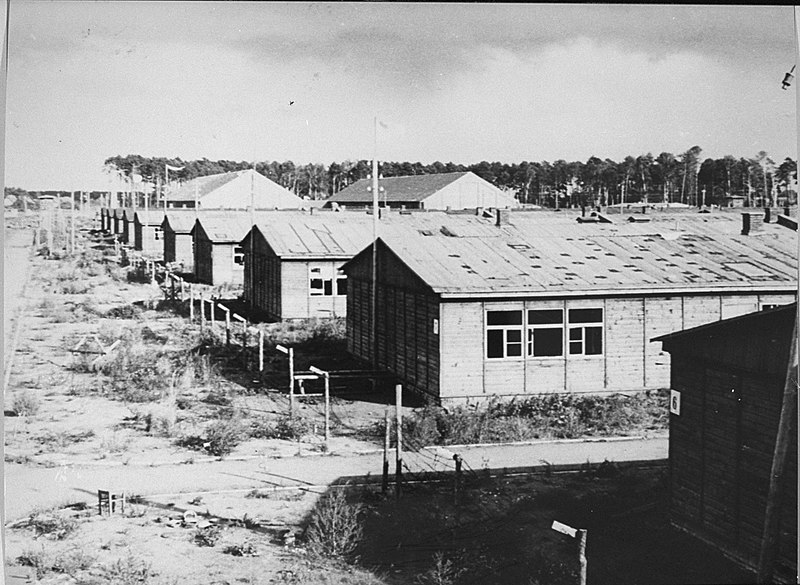
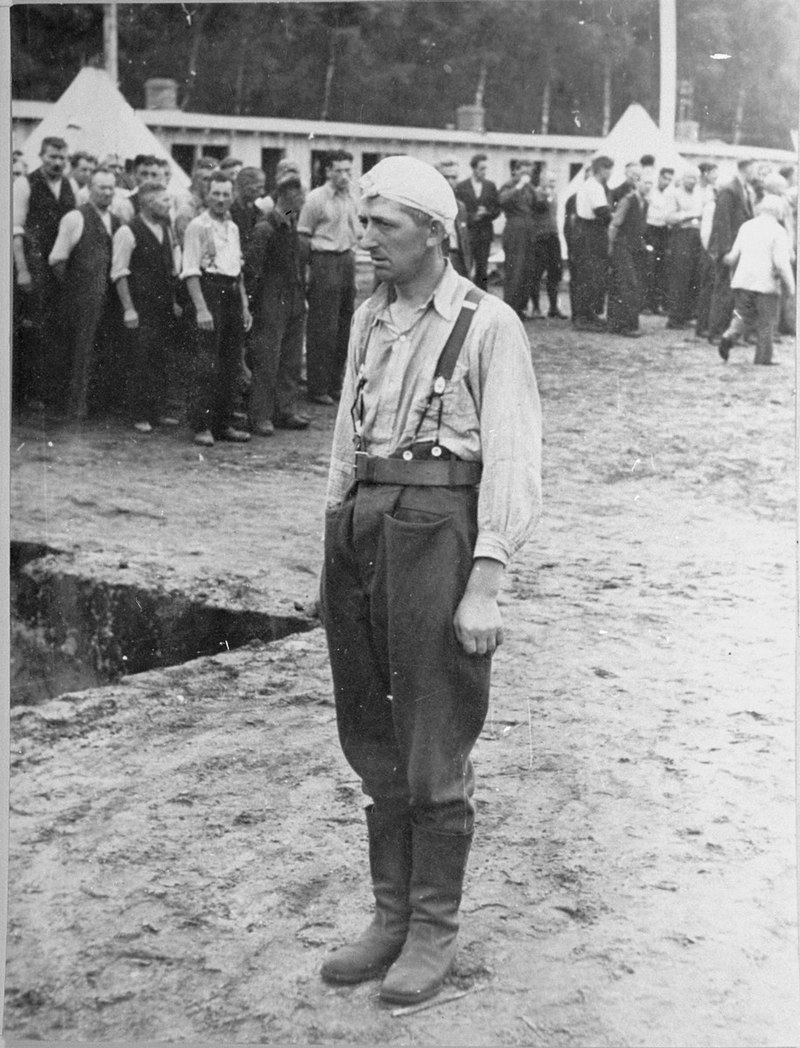
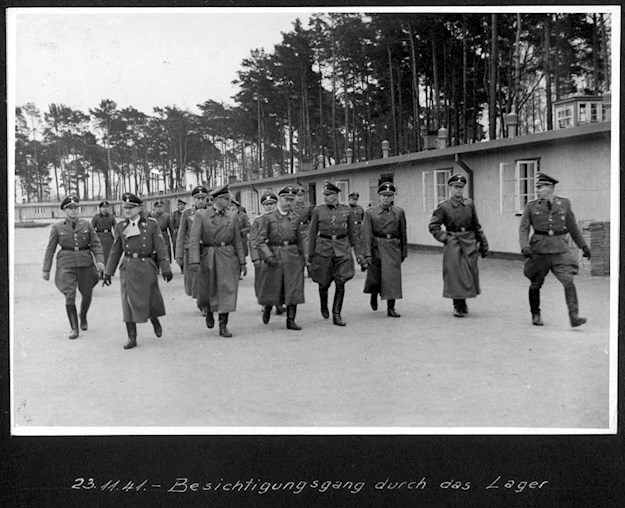
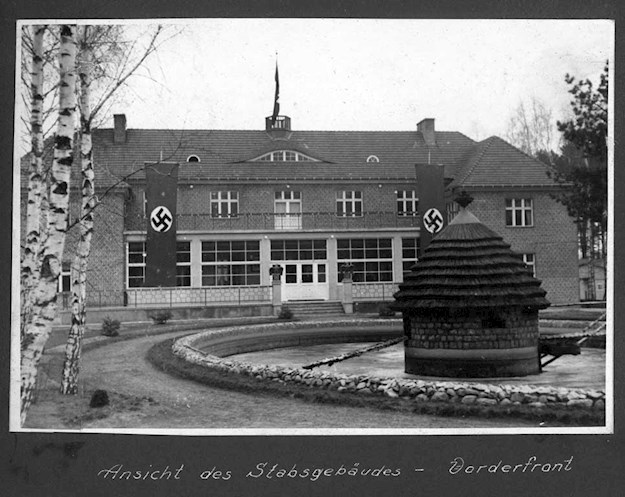
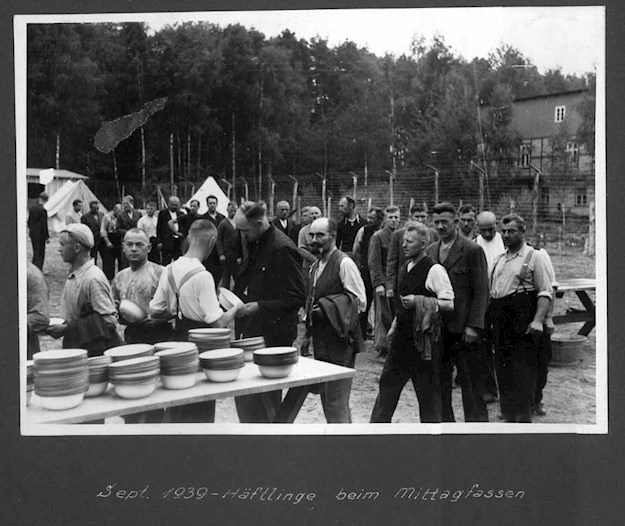
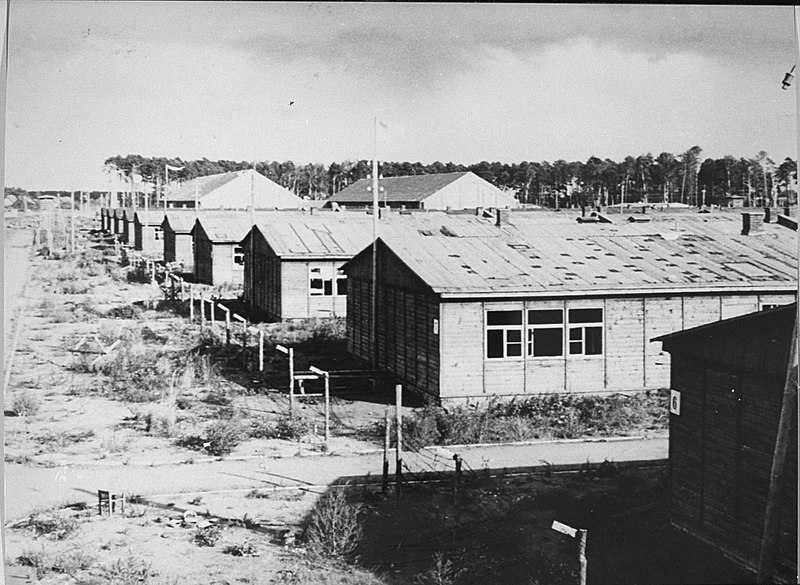
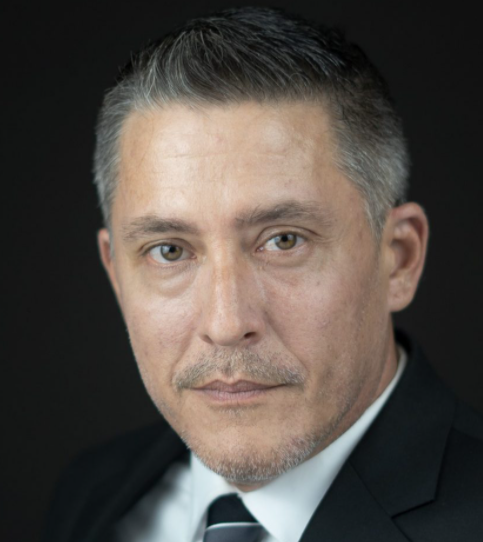

Dodaj
komentarz
By dodać komentarz musisz być zalogowany. Zaloguj się.
Nie masz jeszcze konta? Zarejestruj się.